Simple Training During Covid-19 | Home Self Assessment for Climbers
Note: The box plots in this post will be regularly updated based on our current dataset. Most recent update: October 2022.
Your local gym is closed. You’ve googled “climbing training at home” once every hour of your “tele-commute” but you still feel lost. (Or you found the Power Company Quaran-Training Group and you’re psyched and already knocked out a session.) Either way, your forced time off the wall is a great time to take stock of where you are, where you want to go, and how you’re going get there. A big part of that is measuring your current stats to determine your strengths and weaknesses in relation to your goals and this post is intended to help achieve that.
The following metrics can be measured as long as you have access to:
Hangboard
Pull-up bar
Weights and some way of attaching weights to your body
The metrics we’ll be looking at are:
10sec Max Hang from 20mm Edge
1 Rep Max Pull-Up
7:3 Repeaters at Body Weight (Same 20mm Edge)
Max Rep Pull-Ups
These measurements cover a few of the basics that we look at when measuring our Custom Plan clients. Our measurements and analysis go much more in depth, and if you’d like to add your numbers to the data set, which ultimately gives us more numbers to measure against - you’re welcome to and we appreciate it.
First, download the PDF below, which gives instructions on how to get each measurement.
How to Compare Your Current Measurements to the Data
Once you’ve got your measurements, you’ll need to change the 10 Sec Max Hang and the 1 Rep Max Weighted Pullup into a strength to weight ratio number. For those who have seen the term thrown around but don’t know how its calculated see the equation below:
Str:wt ratio = (Body Weight (lb) + Added Weight (lb)) / Body Weight (lb)
Now for the comparison against your goals. This isn’t exactly how we go about doing assessments for our athletes but it is similar and should be an accessible way for most folks. For this we’ll be using box and whisker plots as they’re a relatively intuitive way of visualizing a distribution of values. If you’re unfamiliar with them check out the video below for a great explanation.
The best way to compare your measurements against the data is not looking at your current max outdoor grade but the grade of a hard boulder or sport climb you’d like to (and realistically could) send in the next 6-12 months.
Measurements Versus Bouldering Goals
Males
Females
Measurements Versus Sport Climbing Goals
Males
Females
Where do you find your current measurement values relative to the data at your goal grades?
Upper Whisker - you’re probably more than good on this measurement. Set this thing to maintenance and only do activities to develop this area every 7-10 days.
Box beyond median - you’re probably good on this variable for your goals. Do activities that develop this area once per week.
Box below median - your current measurement might not hold you back from your goals...but a few weeks of working this variable 1-2x per week should bring you up a bit towards the median.
Lower Whisker - We talk about low hanging fruit at power company a lot and this is what we’re talking about. If you’re here you stand to make significant gains in this variable by training it 2-3x per week, early in your session after a thorough warm up and with 100% focus.
Upper Outlier space - either you haven’t been trying hard projects for a bit or you’ve been ignoring some other performance factor. Figure out what that is and don’t touch implements that work this system until you do.
Lower outlier space - Maybe you’ve never trained this variable in a structured focused way. Maybe this variable makes a marked jump up from your current max grade to your goal grade. Either way there’s a clear path forward working this variable 2-3x/week.
Frequent Problems and Pitfalls
Picking far off goals - if you climbed 11c last year don’t pick 13c as your immediate goal. Training is not a short cut and you still have to do all the work, falling, suffering, and not sending to get through those in between grades.
Not putting the time in on the wall/rock – Do you find yourself with a bunch of measurements in the upper tail range? You’ve got the training bug...knock it off and spend your time trying climbs at your goal grade and figure out what movement skills, mental aspects, tactics or lifestyle aspects are holding you back. Or hire a coach who can help you through this process.
What Assessments Are and What They Aren’t
Its important to remember that assessments don’t capture the whole picture of you as a climber. Not even close. They don’t capture all the physical aspects of climbing or even begin to address the mental, tactical and movement skills required by the sport. When assessing yourself it’s important to remember:
The map is not the territory, the menu is not the meal. Assessments are not gate keepers barring you from grades.
If you’re psyched on a V8 but your finger strength is only in the low V6 range - go work that V8 - but keep hangboarding and working those lower grade problems as well. Get your focus and consistency equal to the level of your ambitions. You’ve got the spark, feed it fuel, and build the fire without burning the house down.
A high number on your assessment also does not entitle you to higher grades.
Are your measurements high relative to your goal grades and you’re super proud of it? Congratulations. Now get over it and figure out why you haven’t climbed that grade yet. Your max hang number is not going to prepare you for that New River Gorge mantle onto a muddy steep slab with plants looking down at you indifferently as you struggle to not shatter your teeth on the top out. Get out there and do the thing with the same focus you bring to your training.
Still lost in all this? Don’t want to learn about graphs or data? Look into training with us, and we’ll take the guess work out of the equation.


















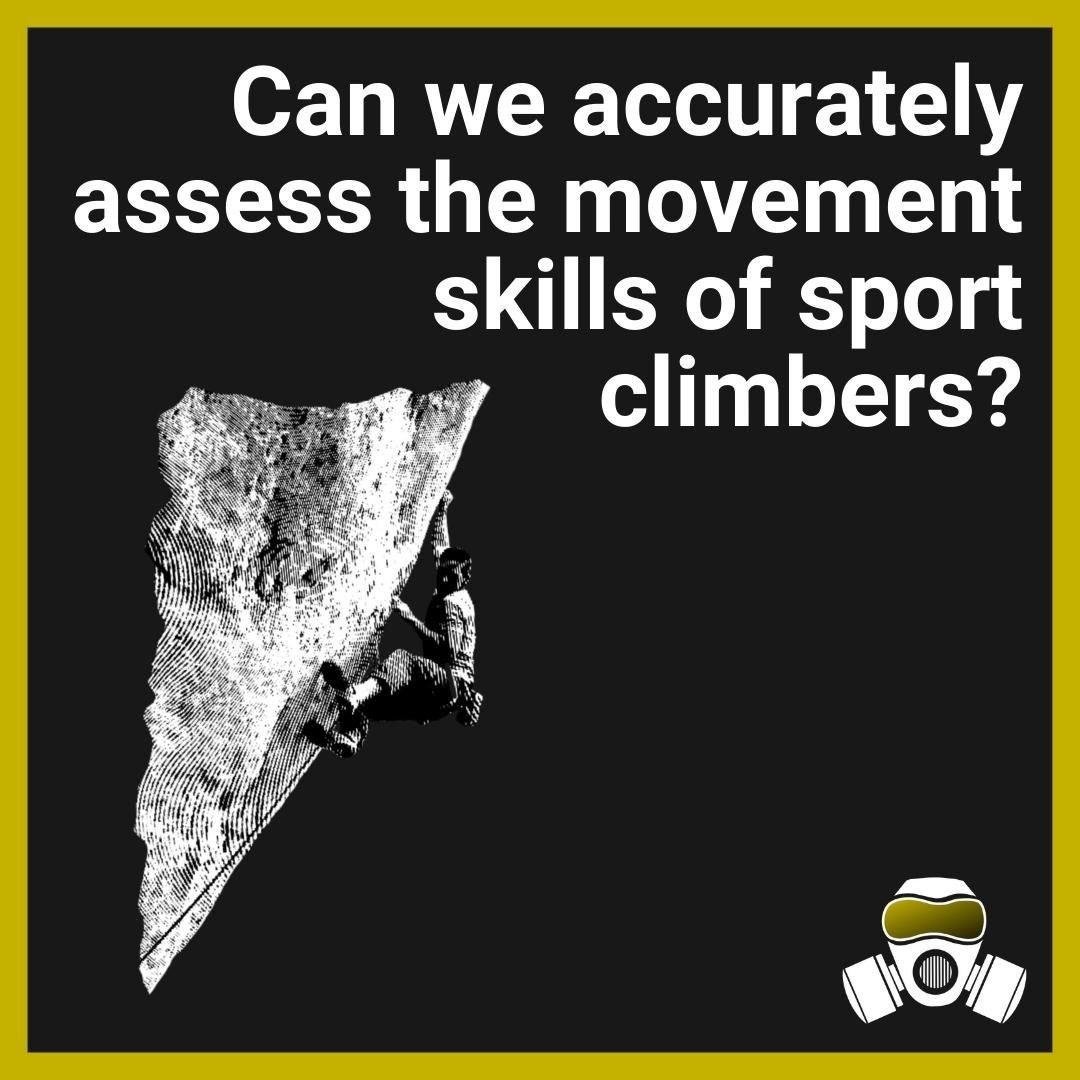
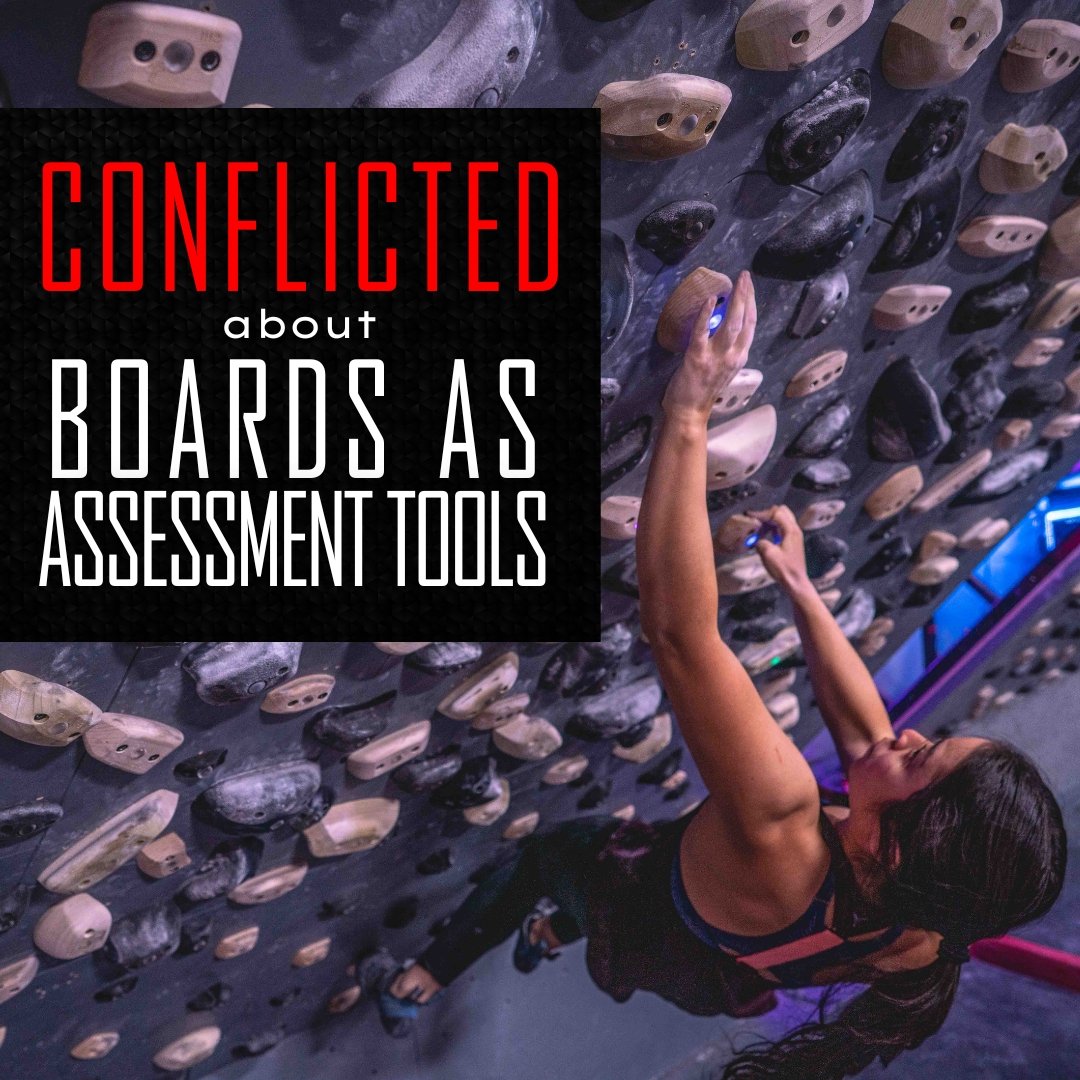
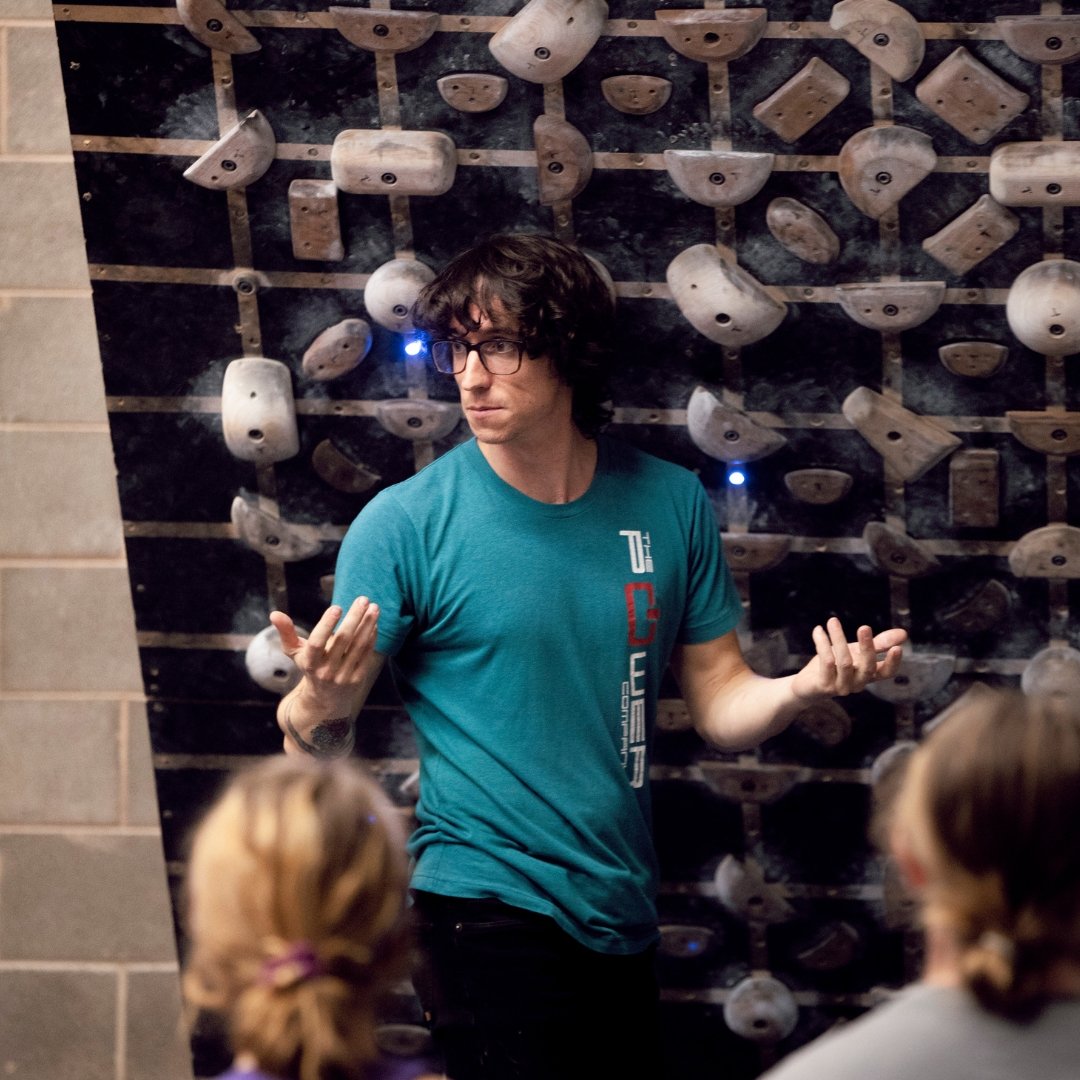

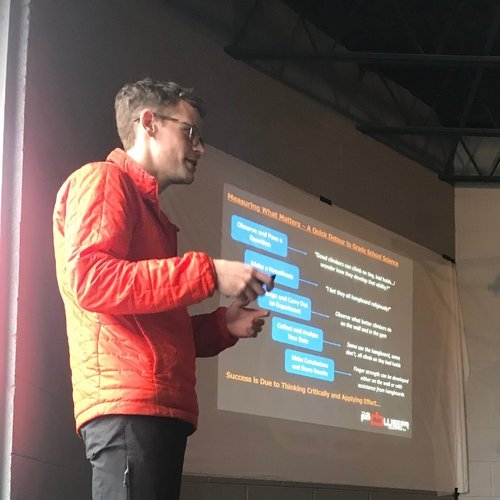


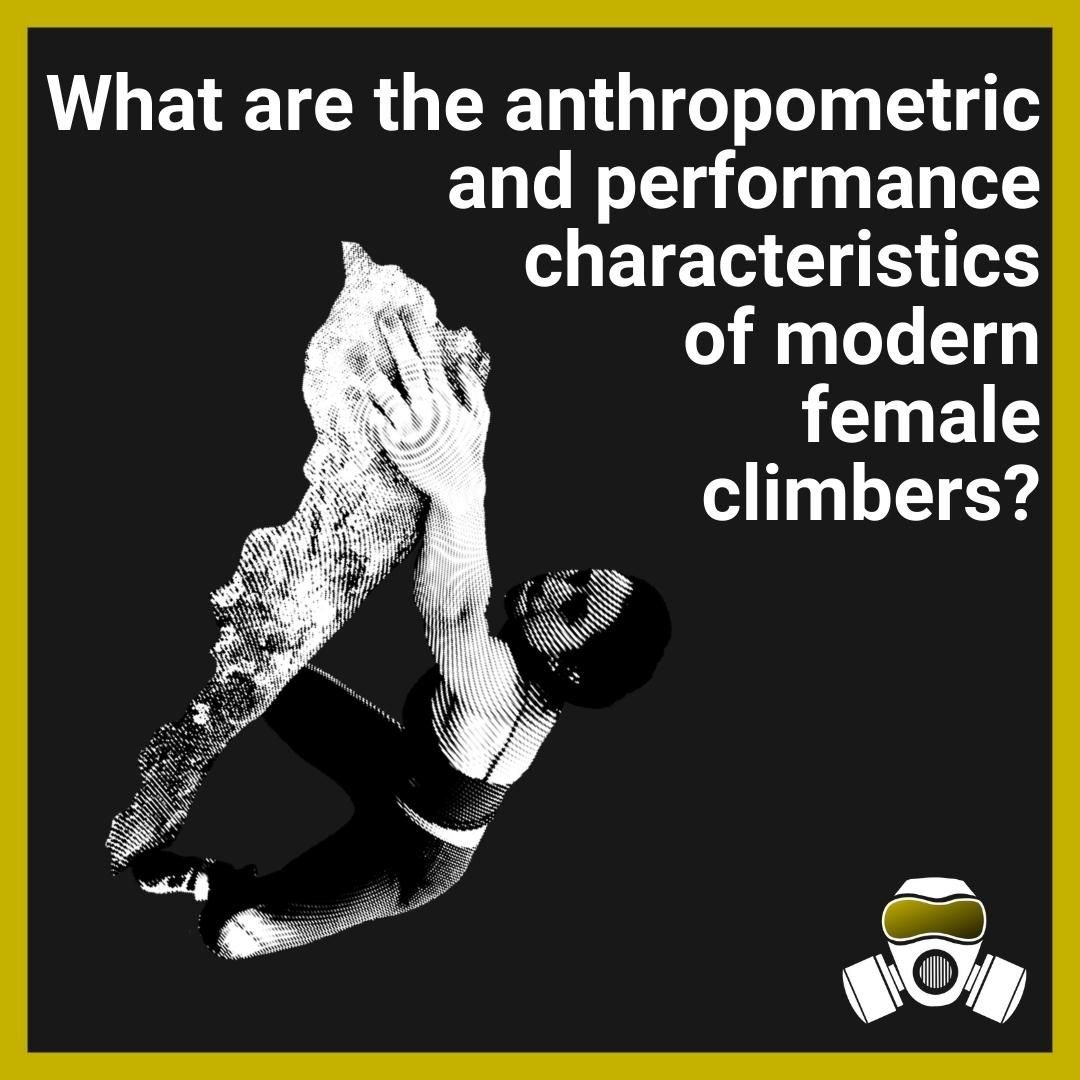






Improving movement skills is by far the most abstract part of becoming a better climber. And arguably the most important part.